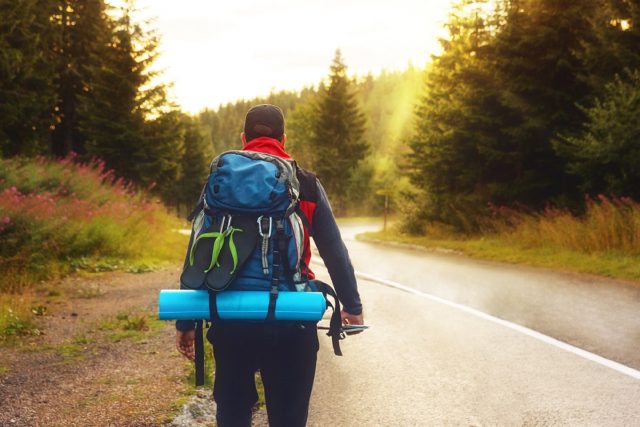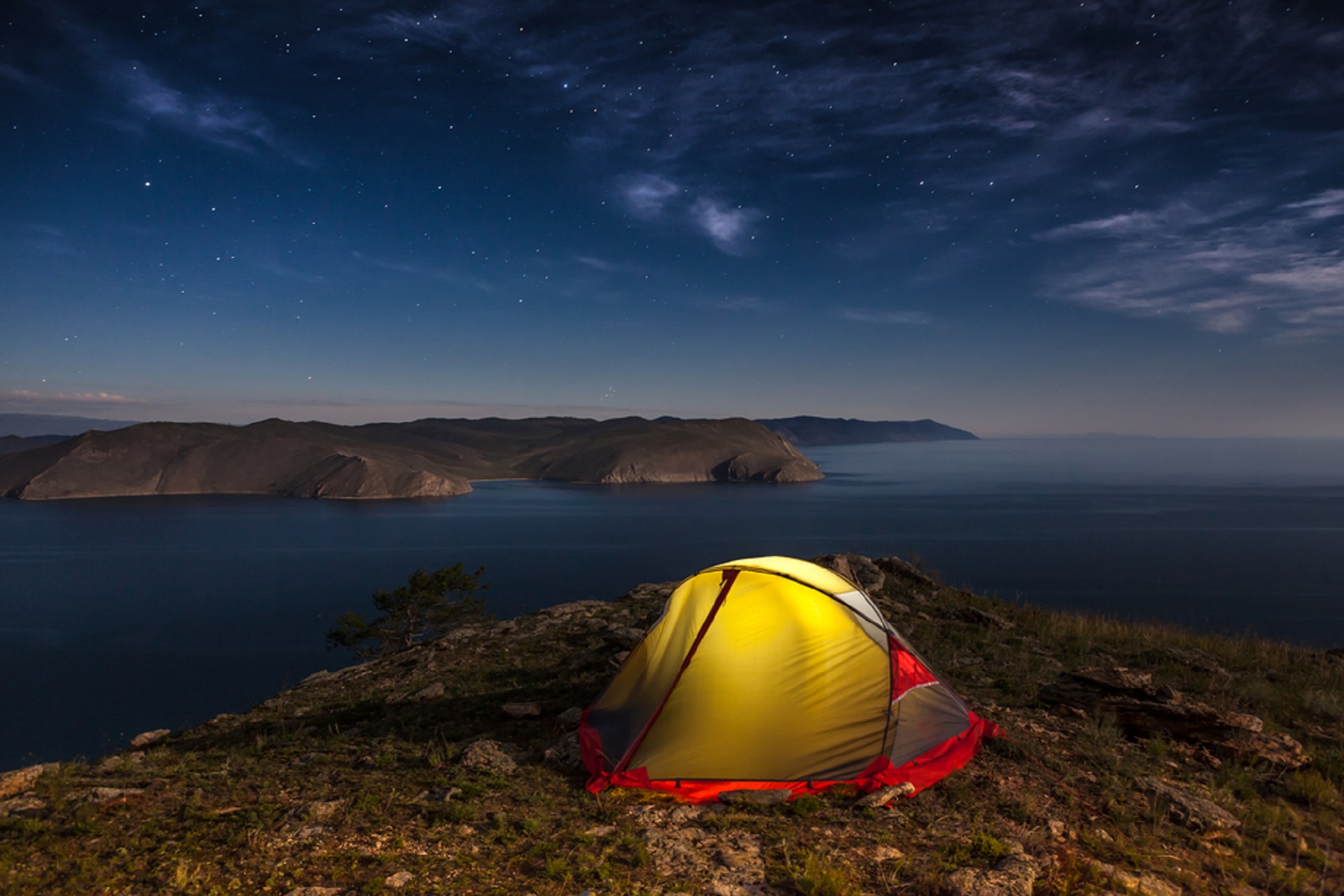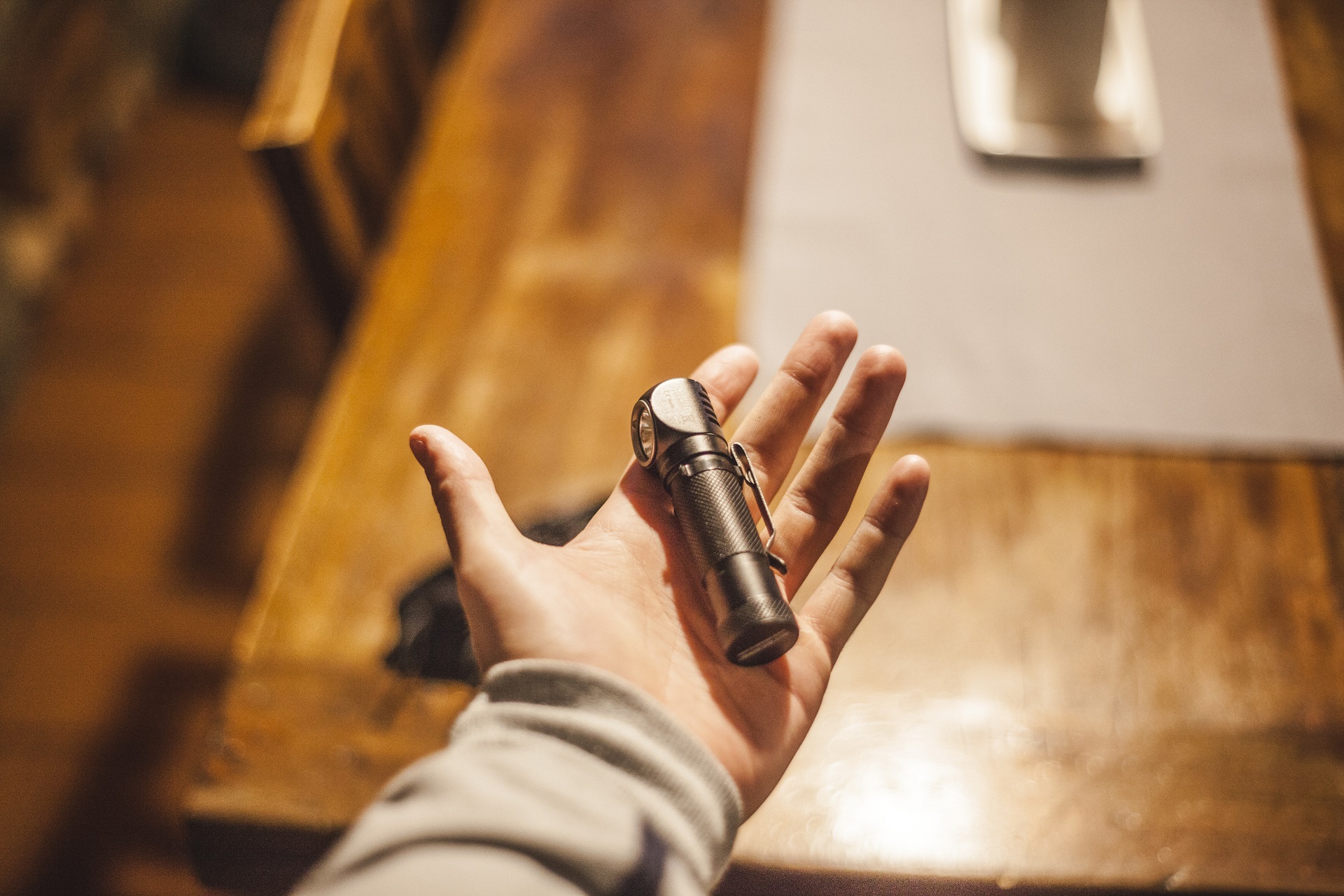Some handy tips on how to pack for your backpacking trip
“Wherever you go becomes a part of you somehow.” – Anita Desai
To backpack is to reconnect with our ancient roots as humans. Going beyond just an activity, it is a way of life that is an art and a science, as old as the human spirit itself. While modern gadgets and tools have made tough situations easier to reckon with, the premise of backpacking itself has remained quite the same.
That natural curiosity, the urge to explore the new or immerse yourself in raw experiences with the potential to alter our body, mind and soul completely. Some things are better left unexplained!
On that note, let’s jump into a crash course on how to pack for your first backpacking trip.
Load: Think of yourself as a tortoise for the duration of the backpacking trip. The load of everything you possess, your temporary home so to speak, will be borne on your back – so pack smart and think only essentials.
Pack neat and light; spares are good but only if you need them. Let the duration of your backpacking trip be the guiding principle in figuring out the size of your load.
Apparel: What you wear is determined entirely by two main factors: climate and need for protection. Is it warm? Cloudy? Rainy? Will you need protection from external factors such as leeches or ticks?
For the heat, make sure you have a cap, sunscreen and cool, cotton clothes as opposed to synthetic ones.
For the rain, a good quality raincoat is a must. Ensure you pack a set to use as your ‘wet set’ so as to keep your other clothes dry. This is especially crucial in destinations of high moisture and incessant rain. Your wet set should be quick-dry so you can avoid excessive dampness that could lead to a common cold or the flu. A dry bag is invaluable, to safekeep currency, important documents, electronic equipment and batteries.
For the cold, inform yourself of the temperatures and pack warm clothes accordingly. Decisions on the better preference between shorts or pants and half or full sleeves will be answered automatically.
We’ve said this before and we’ll say it again and again, and again. Good shoes are non-negotiable. It pays to invest in a pair of solid shoes, which you should choose depending on the terrain of the location you are hiking in. Regardless of terrain, ensure the right fit, sturdy grip and stability. If you are going to be in a very wet location, remember to choose shoes and socks that breathe.
Shelter: Shelter is as simple as a tent (quantity and size determined by the size of the group), a sleeping bag (one per individual) and a mat. Check and double check that you have every piece of the tent set up, down to the last peg.
The elements
Water: Is there a reliable source of drinking water where you are going? Find this out before you load the dispensers. Remember, a heavy load will slow you down, so make arrangements accordingly. If you have access to fresh water, carry containers for drinking and cooking.
Fire: Be it for warmth or cooking, the appropriate tools to start a fire are a must. These would be a stove, wood and matches. If you are in a rainy location, don’t forget to keep your matches in the dry bag so that you’re not left stranded.
Wind and sun: Observe the wind patterns and pitch your tent accordingly. You want to choose a location that can basically protect you against strong winds and the harsh sun; under a rock or canopy works fine.
Dealing with the dark: Another strict non-negotiable is a torch, be it hand-held or a head lamp – always carry a light source for movement in the dark. A simple torchlight is an invaluable component of a backpacker’s rucksack. Make dead sure that you have sufficient batteries and will not run out at any point. If you want to go with solar lamps, again, check on the temperature of the location you are backpacking in.
Food: High-energy foods are best, like energy bars, glucose, dry fruits. Instant makes are convenient and light on the load. Also pack in rations so you have the flexibility to mix and match depending on the circumstances. Check yourself when packing food; neither do you want to overload nor do you want to run short.
Make sure you have the right containers, cutlery, coolers and a hotbox, if need be.
How you’ll get around
Time: You don’t need to plan your every minute but will need to keep an eye on the time so that you can plan your moves accordingly. For instance, you want to finish trekking, and reach the designated campsite before sundown, for which you will need a watch or something to tell the time by. If you’re relying on your phone, think of whether you will be able to charge it frequently.
Distance & orientation: Carrying a GPS, compass and a map (on phone or paper) are imperative to the success of your backpacking trip. It’s one thing to trust your instincts and go with the flow but when in doubt, always consult these life-saving tools to re-orient yourself and make your next move.
What about a medical emergency?
Always, always carry a basic first aid kit and furnish it with medicines according to the specific allergies or medical conditions of your group members. It goes without saying but don’t forget the repellents!
How do you take all of this?
You’ve got to have a rucksack that has your back, quite literally. Do not cringe when it comes to purchasing, rather investing, in a good rucksack. Your back needs to perform the dual function of load carrier while supporting your every step as you trek. The size of the rucksack can be decided on a need-basis; just ensure that it is comfortable for long periods and with a large load.
Logical compartments
Partition your resources into:
- Easy access items (water bottle, map, torch and so on)
- Mandatory items (towel, toiletries and so on)
- Spares – these can be packed at the bottom of the rucksack.
Waste management
Carry garbage bags in which you can put your waste in two broad categories: dry waste (paper, plastic, foil and so on) and wet waste (bio or organic waste). Remember to dispose of/empty them at every chance that you get, and remember to do so responsibly.
Additional resources
A knife or pen knife, especially a multi-tool, comes in handy in a range of circumstances. Take one along; be responsible and exercise precaution in its use.
That’s it for the basics on how to physically pack for a backpacking trip. Stay tuned for Backpacking Part 2 where we’ll go into what to expect and how to mentally prepare yourself for adventurous, fun and safe camping.


















































